Leaving the wild horses of Assateague behind, we drove north to Lewes, Delaware to catch the ferry across to Cape May, New Jersey. With plenty of time before our 5:15 departure, we elected to explore Cape Henlopen State Park. Formerly a military installation protecting the entrance to Delaware Bay, the park now has beaches, picnic areas, and interesting trails. Our first stop was at Fort Meyers where a watch tower has been preserved and is open to the public. Originally accessed by ladders, the state installed spiral stairs making it easy and safe to get to the top.
According to Waymark, “Construction of these towers took place from 1939 – 1942, with the intention of the buildings having a 20-year lifespan. Quite a few of these buildings remain over 60 years later. 11 stand on the Delaware shore and 2 remain near Cape May, New Jersey.”
Barracks and dining facilities at Fort Meyers were very basic. It was hot here in May, so summers were probably brutal, though the ocean was just down the hill if troops were overheated.
Multiple towers along the shoreline allowed spotters to triangulate ships positions. This view is from the top of the tower.
Here’s a view from inside the tower. There wasn’t much, other than rebar, holding the top of the tower to the bottom!
Two sixteen-inch guns were placed here during World War II. At the time, these were two of the largest artillery pieces in the world. Although the same size, this is not the actual gun that was here. It was salvaged from the battleship USS Missouri.
Sand dunes and a lighthouse mark the harbor of refuge just inside the entrance to the bay.
Horseshoe crabs were coming ashore to lay eggs. Though most abundant during a full moon, there were plenty of crabs rolling up on the beach in the middle of the day during our visit.
Part of the beach was off-limits to people and pets. The birds seemed to understand where the line is and were abundant on their side.
This active coast guard control tower and lighthouse combination sits on a bluff in the park. Looking very much like an air traffic control tower, it is used to coordinate ship traffic moving through the Delaware Bay.
Everyone was asked to be in line 30 minutes prior to departure to allow for inspection. Cars were “sniff-tested” by a german shepherd prior to being allowed to board. We only needed to turn the propane switch off in preparation for the voyage.
The last truck boarding for the 13.8 mile ferry trip departing from Lewes, Delaware.
Here’s the route across the bay based on the track we recorded with Garmin’s BlueChart iPhone app. Cape Henlopen State Park is the point of land at the bottom of the chart.
Our captain gently piloted the big ferry out of the dock using controls on the wing bridge so he had an unobstructed view. There were plenty of obstacles, including tugboats and recreational vessels moving around the harbor.
Looks like ice moved the green daymark at the entrance to the harbor.
Though we had reservations, they weren’t really necessary as there were plenty of spots on the ferry. It was probably only one third full. We were almost on the bow and had a great view with only one small car between us and the water. Two decks above the vehicles were open to passengers and had great views. Seating inside and outside gave people a choice of air conditioning or sun and a breeze.
Large ramps made it easy to drive off the ship. The ramps are long enough that vehicles shouldn’t bottom out, even at low tide.
Crossing the bay by ferry was a fun, and low stress, alternative to driving through Baltimore and Philadelphia on I-95.
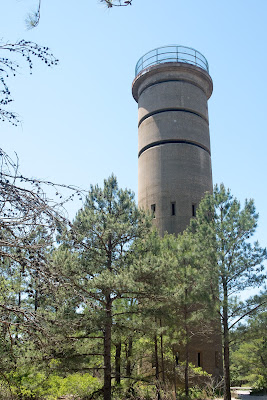
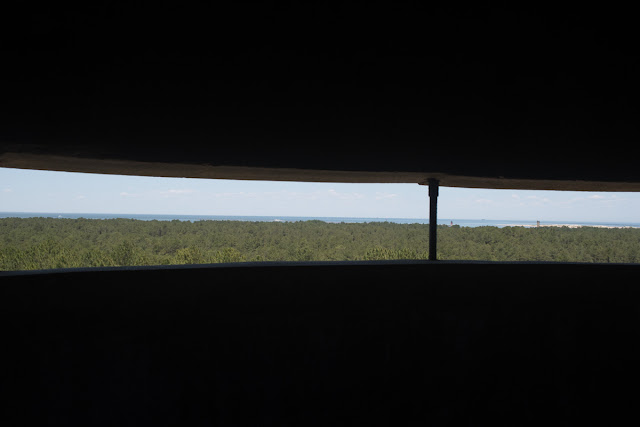
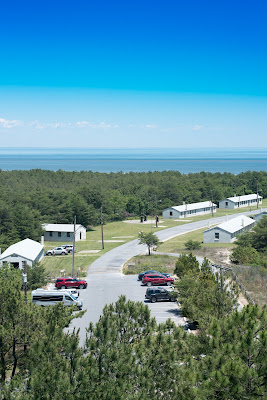
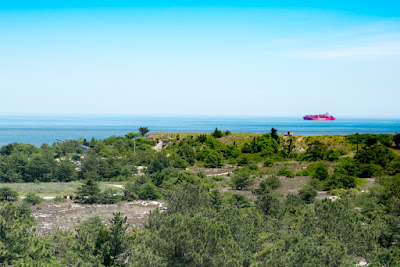
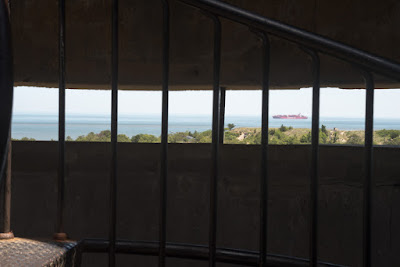
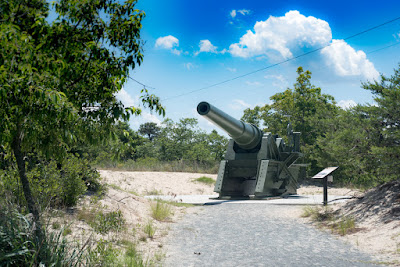
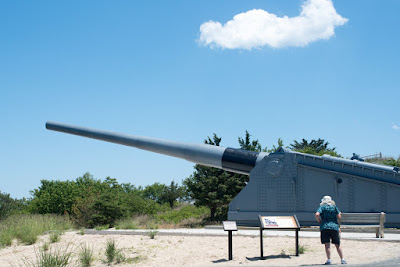
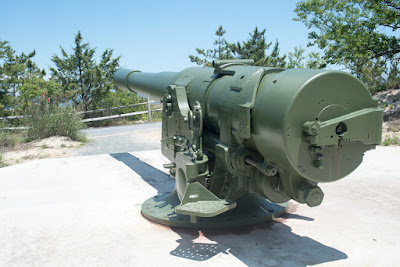
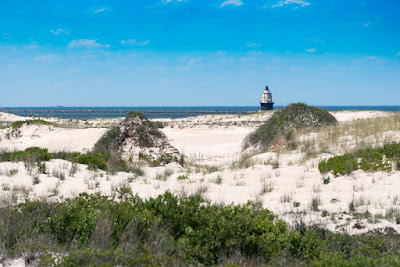
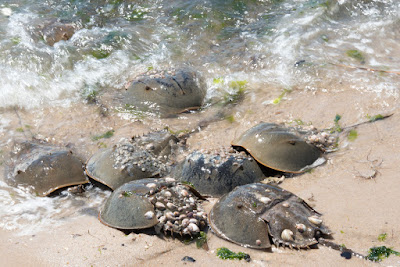
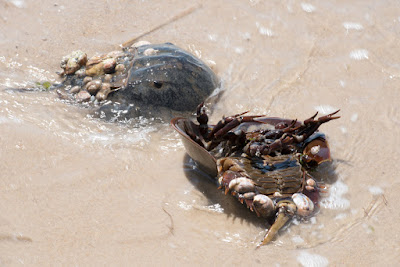
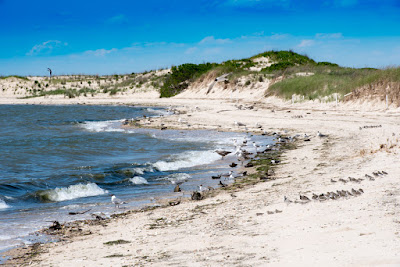
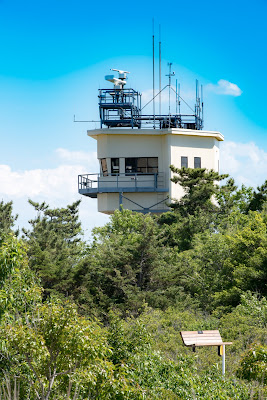
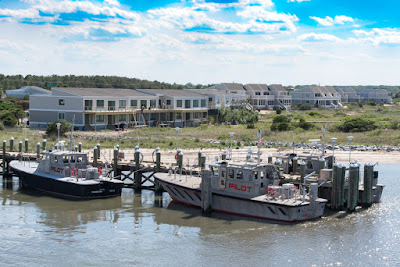
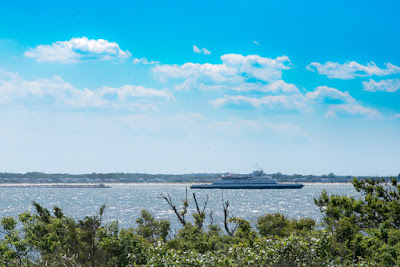
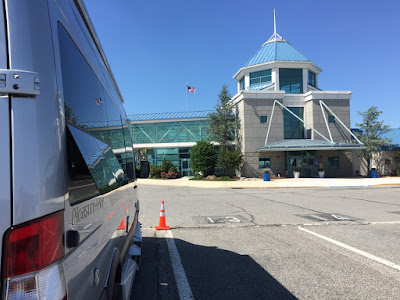
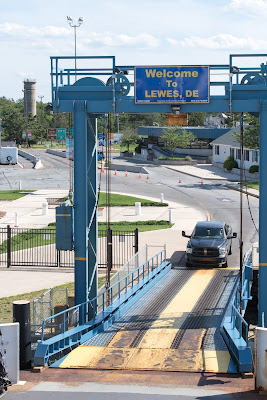

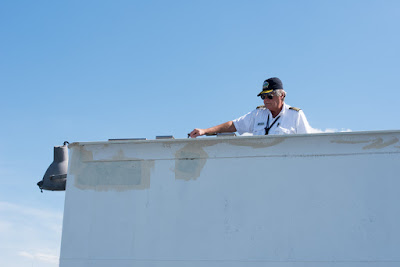
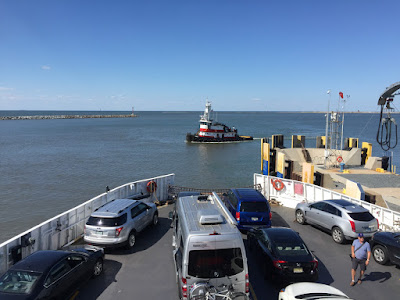
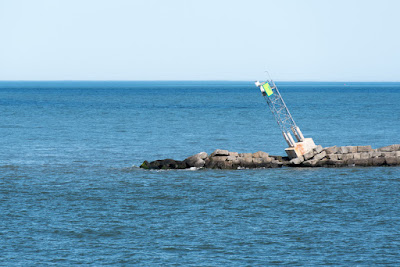
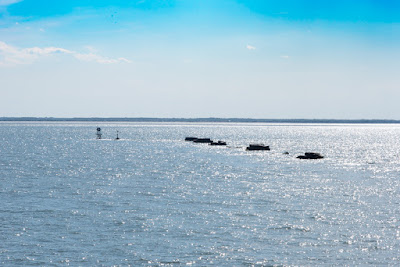
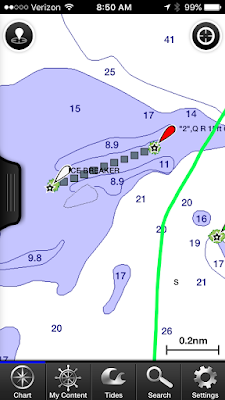
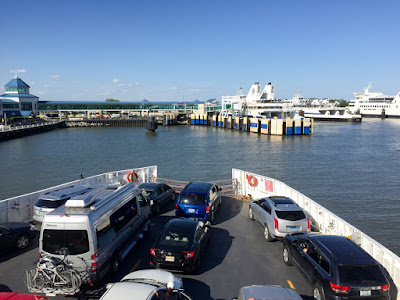
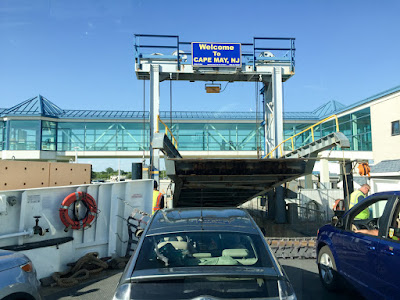
Leave a Reply